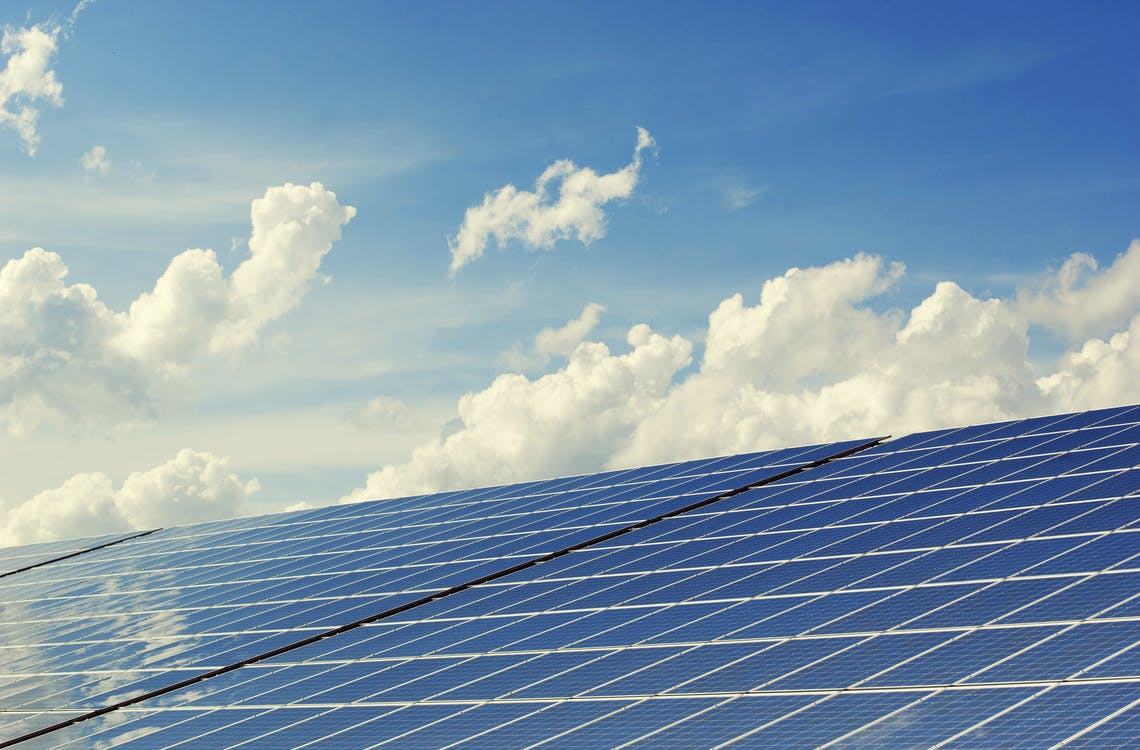Solar and wind power represented over 80% of the world’s renewable energy generation last year. Clearly, these sources remain a focus of the world’s efforts towards more sustainable energy production. Solar in particular has significant potential in urban areas where innovative concepts such as solar carports are being implemented across the world.
Smart homes are greener homes
With the advent of the internet of things (IoT), smart homes have gone from being science fiction to a rapidly approaching inevitability. More and more of our household utilities are being controlled and monitored by computers linked to our devices, from our light switches to our heating. Traditional thinking would dictate that the processing power required to run these systems would contribute to a household’s carbon footprint. However, with this technology comes the generation of incredible amounts of data. If used correctly, this data has the potential to greatly improve the energy efficiency of our homes. By utilizing modern machine learning techniques houses could automatically tailor the behavior of systems like heating and lighting to the user’s needs and habits, minimizing waste in the process. The ultimate goal of any green homeowner is to be able to contribute more energy to the national grid than they use. By utilizing smart tech and solar energy production many more homeowners will be able to achieve this. If this happens to be your goal, EcoWatch recommends installing power banks which can store excess energy produced by your home. This can then be used to charge electric vehicles or even keep the lights on in the event of a blackout.
Solar innovations
Just because solar power has been around for decades doesn’t mean there aren’t still great leaps to be made. This decade is set to bring us some of the most game-changing innovations as research ramps up in the face of accelerating climate change. The photovoltaic materials currently used in solar panels can only generate power from the red and near-infrared spectrum of the sun’s light. Longer wavelength, lower energy photons don’t provide enough energy to trigger the photovoltaics. Meanwhile, higher energy photons such as blue and green carry too much energy, with the excess being turned to heat. This leaves a significant amount of energy on the table and represents an area of research that could greatly increase the efficiency of solar power. As photovoltaic technology evolves we’re seeing it applied in new and exciting ways. Solar power generation is no longer limited to rooftops, it can now be installed in windows. Solar windows have benefits well beyond power generation. They are naturally tinted, blocking UV light which can damage furniture over time. This tint also provides privacy by blocking the view into the house without impacting your view of the outside world.
Solar power may be a well-established renewable energy source but innovation continues at a rate of knots. Every month brings us game-changing new technology and a step closer to a carbon-neutral world. By keeping up with these innovations you can take advantage and make your home as eco-friendly as possible going forward.



